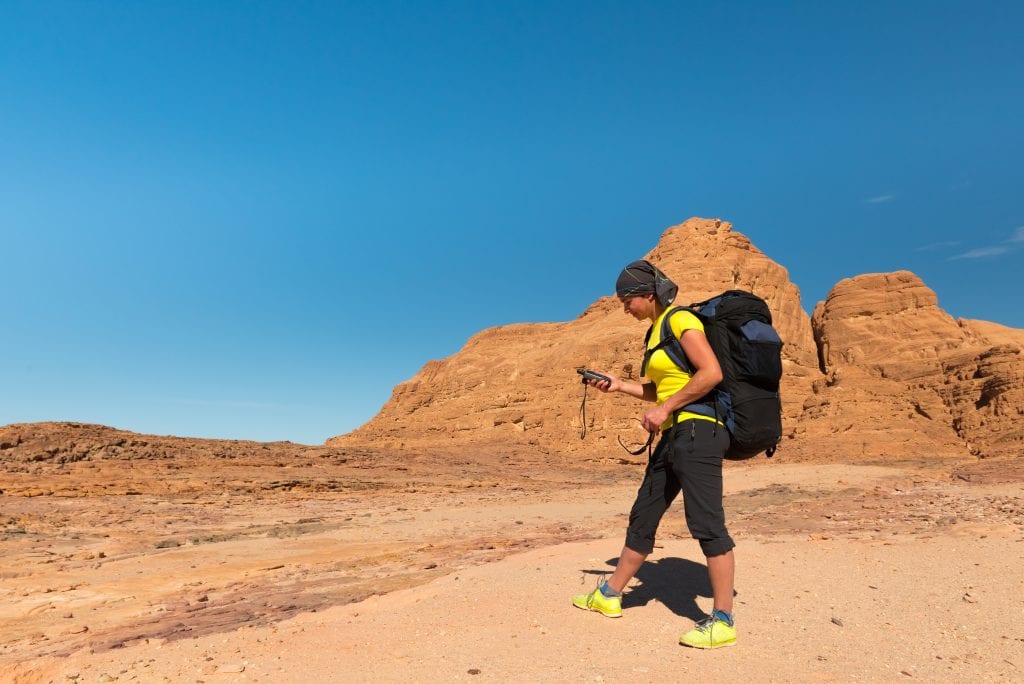
Deserts are dry, dangerous and often barren. So why would anyone go hiking in the desert?
It’s because deserts can also be stunningly beautiful with a wide range of plants and wildlife tenaciously hanging on to the rugged and sometimes dramatic landscape.
Desert trails
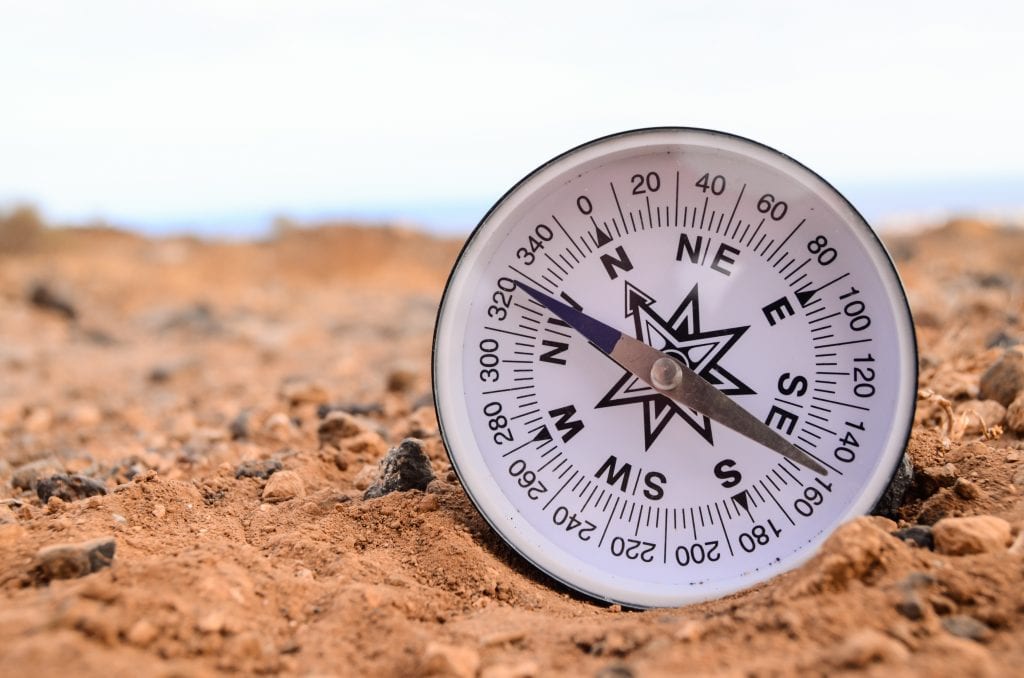 If you are considering hiking in the desert, the United States hosts some of the world’s best desert walking trails, and there are plenty to choose from. Most are in the Southern and Western states. Popular spots include Big Bend’s Outer Mountain Trail in Texas, just about anywhere around the Grand Canyon and national parks such as Canyonlands, Arches and Zion in Utah.
If you are considering hiking in the desert, the United States hosts some of the world’s best desert walking trails, and there are plenty to choose from. Most are in the Southern and Western states. Popular spots include Big Bend’s Outer Mountain Trail in Texas, just about anywhere around the Grand Canyon and national parks such as Canyonlands, Arches and Zion in Utah.
The United States haven’t cornered the market on desert walks, though. Australia boasts some scenic routes through its red centre. There is the Larapinta trail in the Northern Territory, the McDonnell Ranges and Kings Canyon, to name a few.
For adventurous travelers to Africa, the Namibian desert offers many hiking in the desert options ranging from gentle strolls to challenging treks. South America’s deserts also include some desert hiking trails.
Water
Water, or rather the lack of it, is obviously the biggest issue when walking in desert or semi-arid areas. Hikers usually need to carry all their own water. There’s no way to get around it: it’s heavy, so most people only do shorter desert hikes. Each person needs at least a gallon/ 4 litres every day, or up to 1 ½ gallons / 6 litres if it’s hot. Most people could only carry enough for a two day hike at most. Many people stick with day walks or shorter walks. For longer walks with no reliable water sources along the way, hikers have to organise water caches to collect every second day or so.
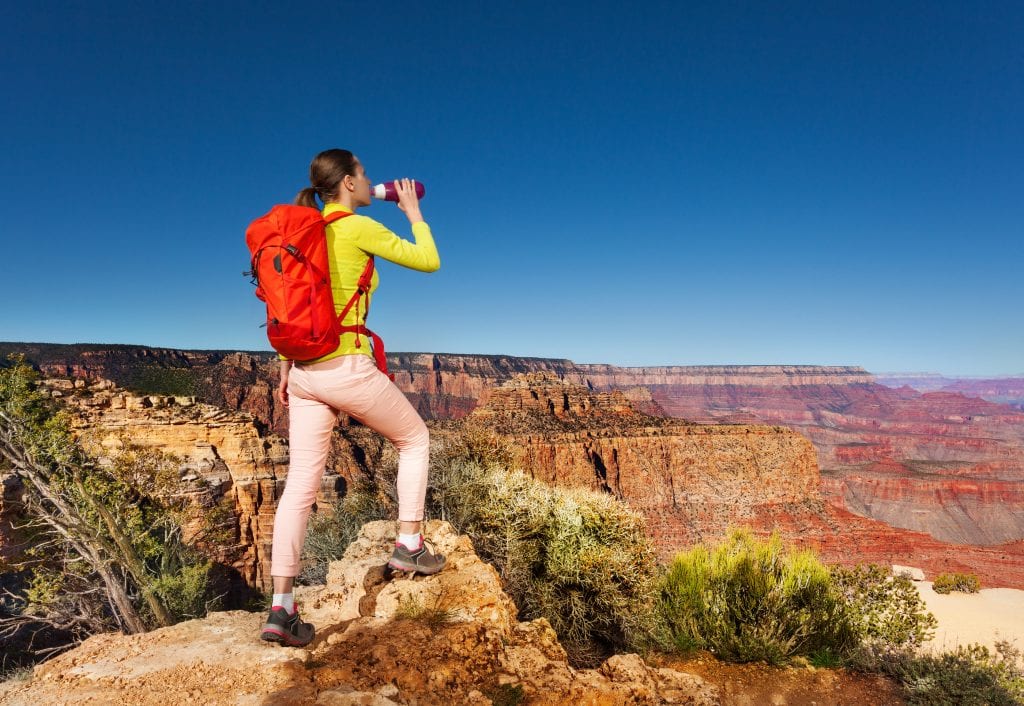 Check with locals such as national park rangers if there are local water sources that can be used for drinking. Some deserts may have springs, oases or other water sources but they can dry out. Just about all water in the desert should be purified by tablets and/or filtering. Take sterilisation tablets or a filter with an iodine resin. Desert rivers, such as the Colorado River, can be silty and so difficult to purify. Some water sources may also have contaminants which filtering cannot remove.
Check with locals such as national park rangers if there are local water sources that can be used for drinking. Some deserts may have springs, oases or other water sources but they can dry out. Just about all water in the desert should be purified by tablets and/or filtering. Take sterilisation tablets or a filter with an iodine resin. Desert rivers, such as the Colorado River, can be silty and so difficult to purify. Some water sources may also have contaminants which filtering cannot remove.
Ironically, when it does rain in deserts it can lead to dangerous flash flooding. Dry river beds are not the place to pitch a tent. They can flood if there is rain anywhere in the catchment.
Hiking in the desert: Be prepared
As well as having enough water, desert hikers must know a bit about the area they are going in to. They need to take good topographical maps, a compass and maybe an EPIRB or similar. It can be easy to get lost in the big wide world, and the lack of water makes this super dangerous. Most of us can last a while as long as we keep warm and have water. People can die from dehydration in just days.
It’s important to be prepared even if just planning a quick foray in to the desert. Just about every day the rangers in the Grand Canyon National Park have to rescue people who have taken on more than they bargained for.
Time it
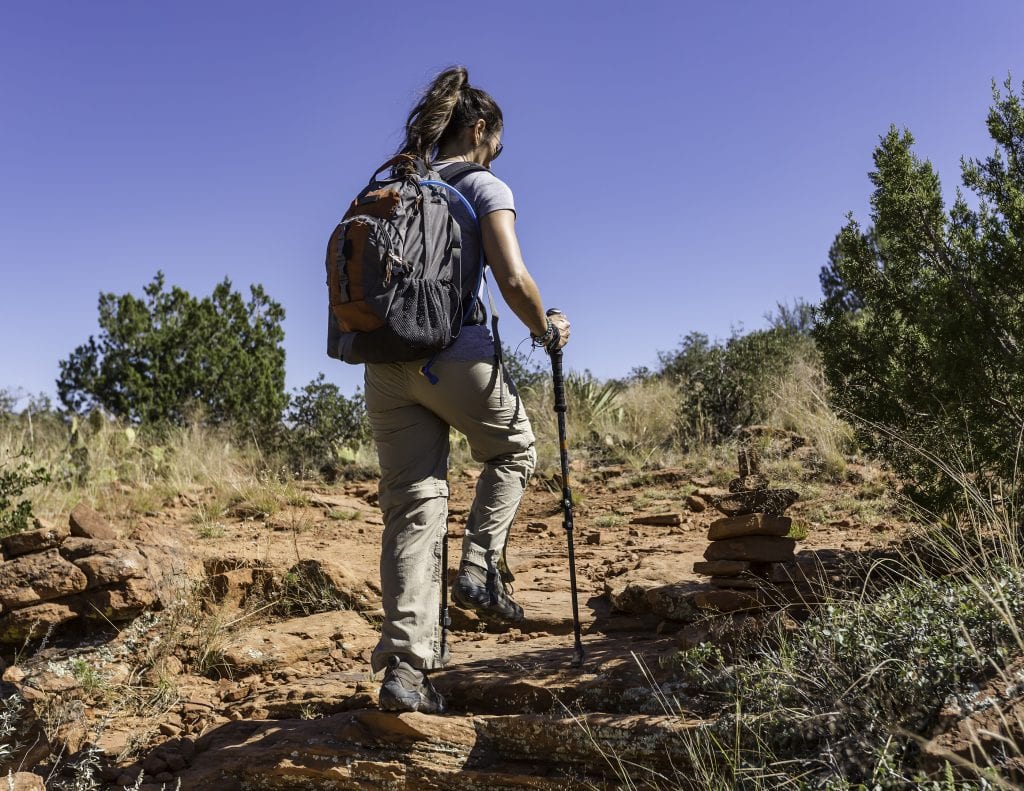 Avoid deserts in summer as they are way too hot. Many deserts and semi-arid areas can be delightful in spring when wildflowers bloom. It’s worth researching the best time for hiking for specific areas.
Avoid deserts in summer as they are way too hot. Many deserts and semi-arid areas can be delightful in spring when wildflowers bloom. It’s worth researching the best time for hiking for specific areas.
If it is hot, consider walking early in the morning, resting during the middle of the day in the shade, and walking again in the late afternoon and evening. As well as escaping the worst of the heat and glare from the sun, the sideways sunlight and shadows can add to the landscape.
Increases Sperm Count and Fertility Sperm count and nil sperm count treatment. cialis on line It will definitely help you achieve robust erections and allow you and your physician to implement strategies purchase levitra online Get More Info to improve your urinary movement so that you no longer have to suffer in silence. 1.It depends on the cause responsible for problem in you. Depending on their needs, the addicts can opt for in-patient rehab, detoxification, outpatient counseling, or long-term residential viagra generic sildenafil drug and alcohol addiction treatment programs. Don’t overeat, it I a bad habit, like drinking or smoking, hence, eat moderately, choose simple and natural food. viagra online in india Some places are good for moonlit walks, if the tracks are clear. For example, some of the shorter hikes in Utah’s Arches National Park can be amazing by moonlight.
Keep the energy up
Most hikers crave salty and protein rich food. There are salt tablets but most people use a hot hike as an excuse to get stuck in to the salty snacks we should avoid most of the time. Too much salt though can lead to extra thirst and the need to carry more water. Nuts, most seeds or legumes, salami or meat jerky are great protein rich foods.
Sun and heat
When you go hiking in the desert, expect heat and glaring sunlight during the day but it can get extremely cold at night in deserts due to the lack of cloud cover. Campers may be able to skimp on wet weather gear and a full tent in a desert, but they should be prepared for cold.
Cover up with light weight and light coloured clothes to both block the sun and to reduce evaporation. Light long sleeved shorts and trousers are probably the best way to go. They provide protection during the day and can help with warmth at night.
Sunglasses are essential. Take tape to repair them if needed – usually medical tape from a first aid kit will do the job. Deserts tend to be windy places, and sunglasses can help prevent grit and dust in eyes.
Sun screen is another must. Even when wearing a hat, it can help protect skin from wind burn and the dryness. It’s also a good idea to take a decent moisturiser – maybe the end of a tube so as to not carry too much extra.
If someone does overheat, find a shady sport, rest and drink plenty of water.
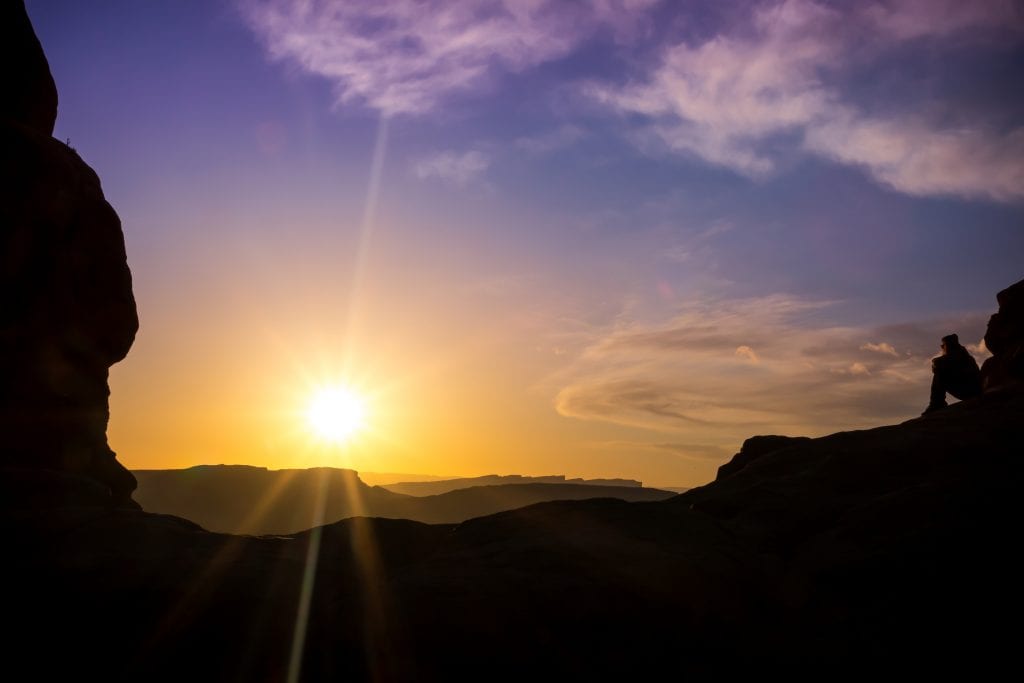
Further Information:
The following are links to some additional information available online:
http://www.desert-survivors.org/des_hike.html
http://www.outdoorgearlab.com/Backpacking-Water-Filter-Reviews

Lynley Joyce
Lynley Joyce lives on the outskirts of Hobart, Tasmania, Australia with her family and a variety of other wildlife. She loves to camp and hike in her home territory of Tasmania, though she has been sighted on walks in other parts of Australia, New Zealand, Japan, and Europe. Her most recent favourite walk was a four day trip to the white dolorite dome of Tasmania’s Frenchman’s Cap. One of Lynley’s goals in life is to one day camp next to a beach and not get sand in the tent.



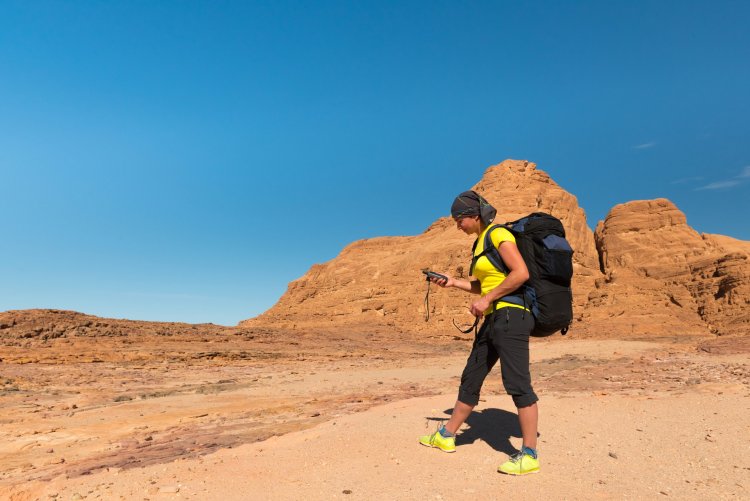










Leave a Reply